Blog
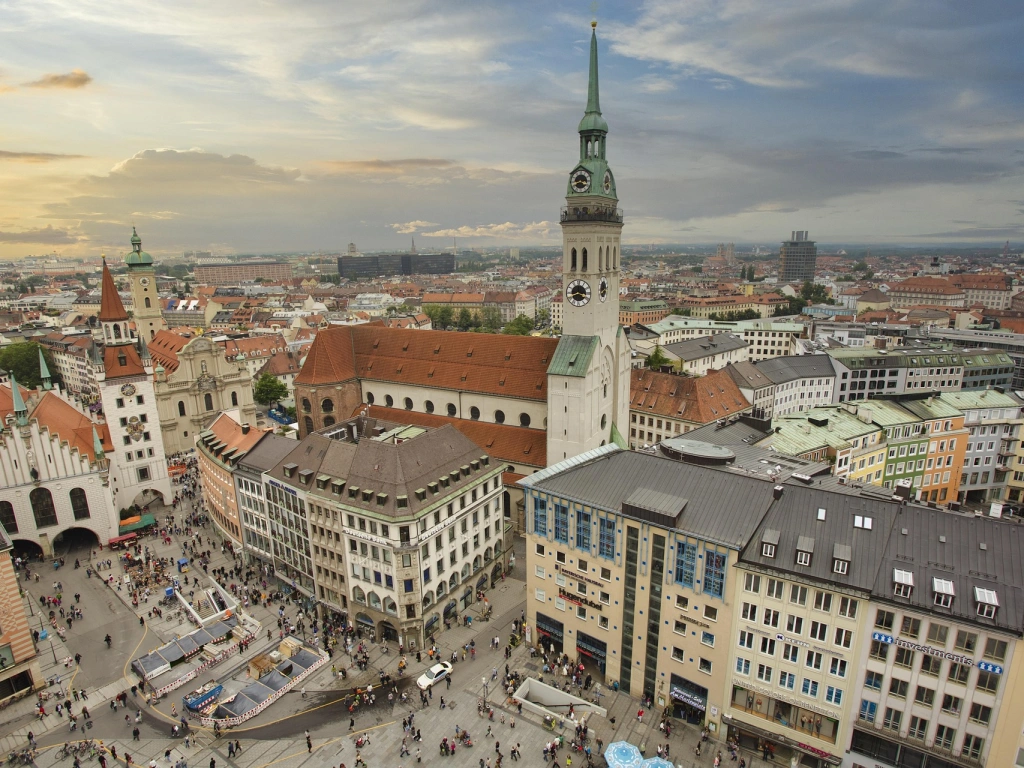
German real estate: 2020 to 2025
Germany’s housing market has always been a bit of a puzzle. Strict regulations, a shortage of new developments, and at the same time, overwhelming demand in the big cities. In Berlin, apartments with old rental contracts can cost almost half the going market rate, while in Munich the average purchase price per square meter has already caught up with… well, probably Paris.
Let’s look back at the past five years and put the pieces together: where it still makes sense to buy, which cities are overpriced, and where investors can still find hidden potential.
Also read: Boom or bubble? What happened to the UAE real estate market over the last 5 years
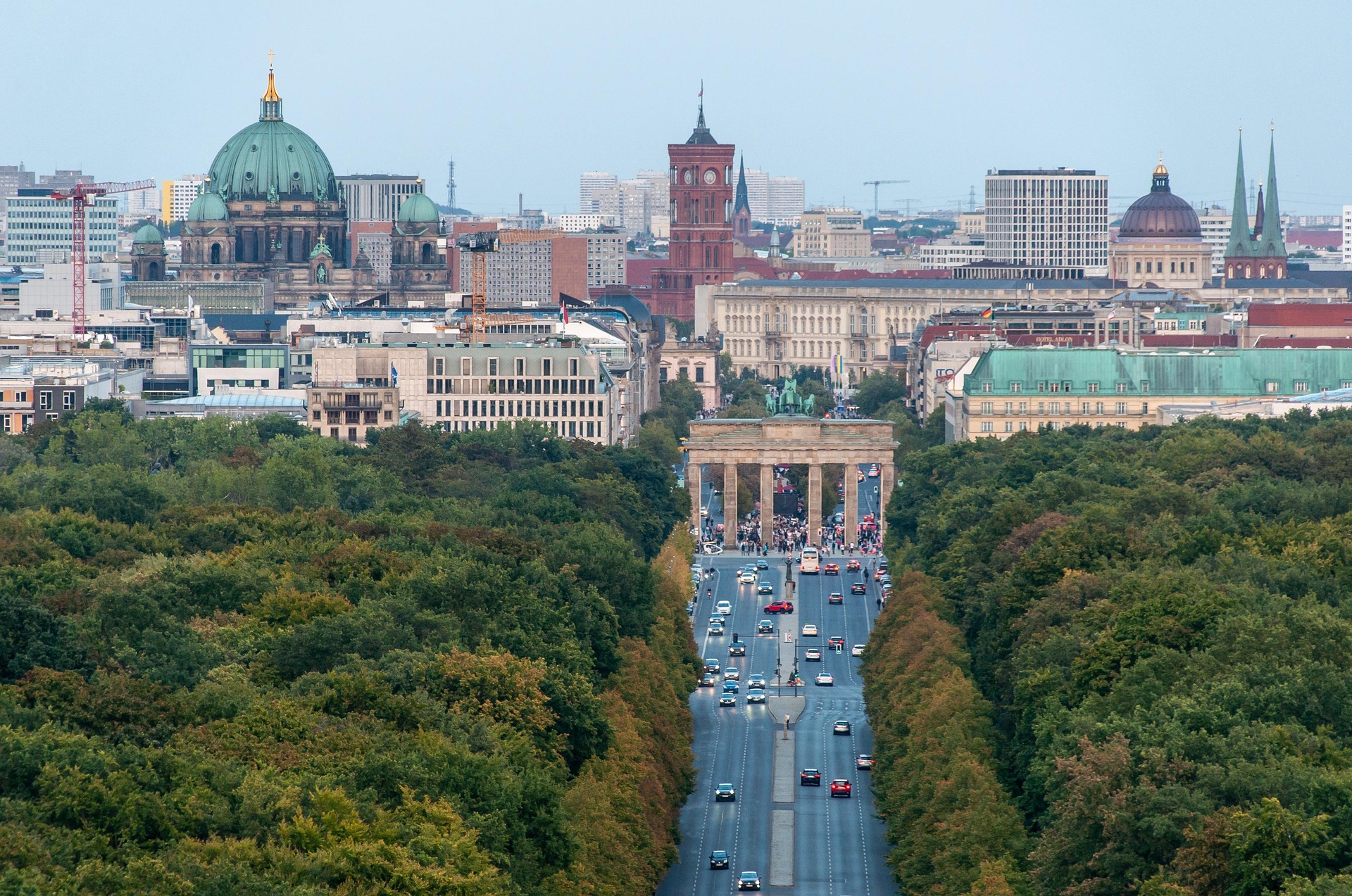
How the market changed over 5 years
2020. Renting in Berlin cost around €9.9 per square meter in older buildings and €15.3 in new ones. Buying meant paying roughly €5,100 per square meter on average, depending heavily on the district and the type of building. Munich was already far more expensive at nearly €8,000 per square meter, while Leipzig and Dresden hovered at €2,500-3,000.
2025. Average rents in Berlin, Munich, Hamburg, Frankfurt, Düsseldorf, Cologne, and Stuttgart are now about €16.35 in older stock and €21.95 in new builds - prime units even reach €30 per square meter. Purchasing costs have climbed to around €5,865 per square meter for older apartments (up 3.7% year-on-year) and €9,135 for new ones (+3.1%). Supply has expanded by 22% in five years, but there’s still a chronic shortage of projects. That mismatch - sky-high demand versus limited supply - remains the market’s central issue.
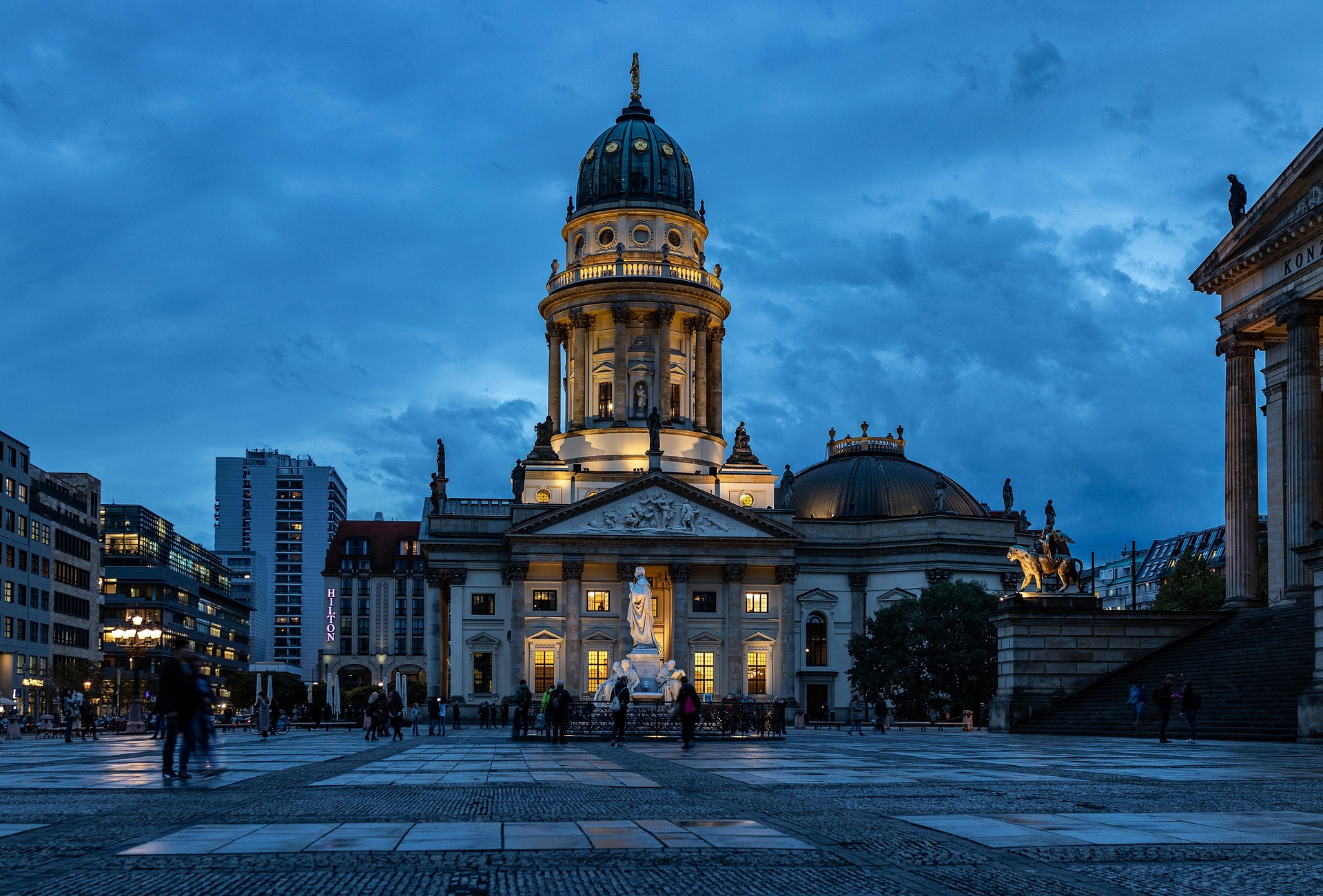
The top cities: expensive, but solid
In Munich, an older apartment now averages €8,500 per square meter, while new builds hit €11,500. Rent ranges from €20 to €30 per square.
In Frankfurt and Düsseldorf, rents are rising faster than in Munich - up 6.9% and 7.6% respectively, according to Cushman & Wakefield. Hamburg surprised with the biggest jump: +8.7%.
In Berlin, rents for new buildings actually slipped by 1.8%, though purchase prices still hover near €5,865 per square.
Stuttgart is considered a “safe harbor,” with steady rent growth of 3.8% per year and low overall risk.
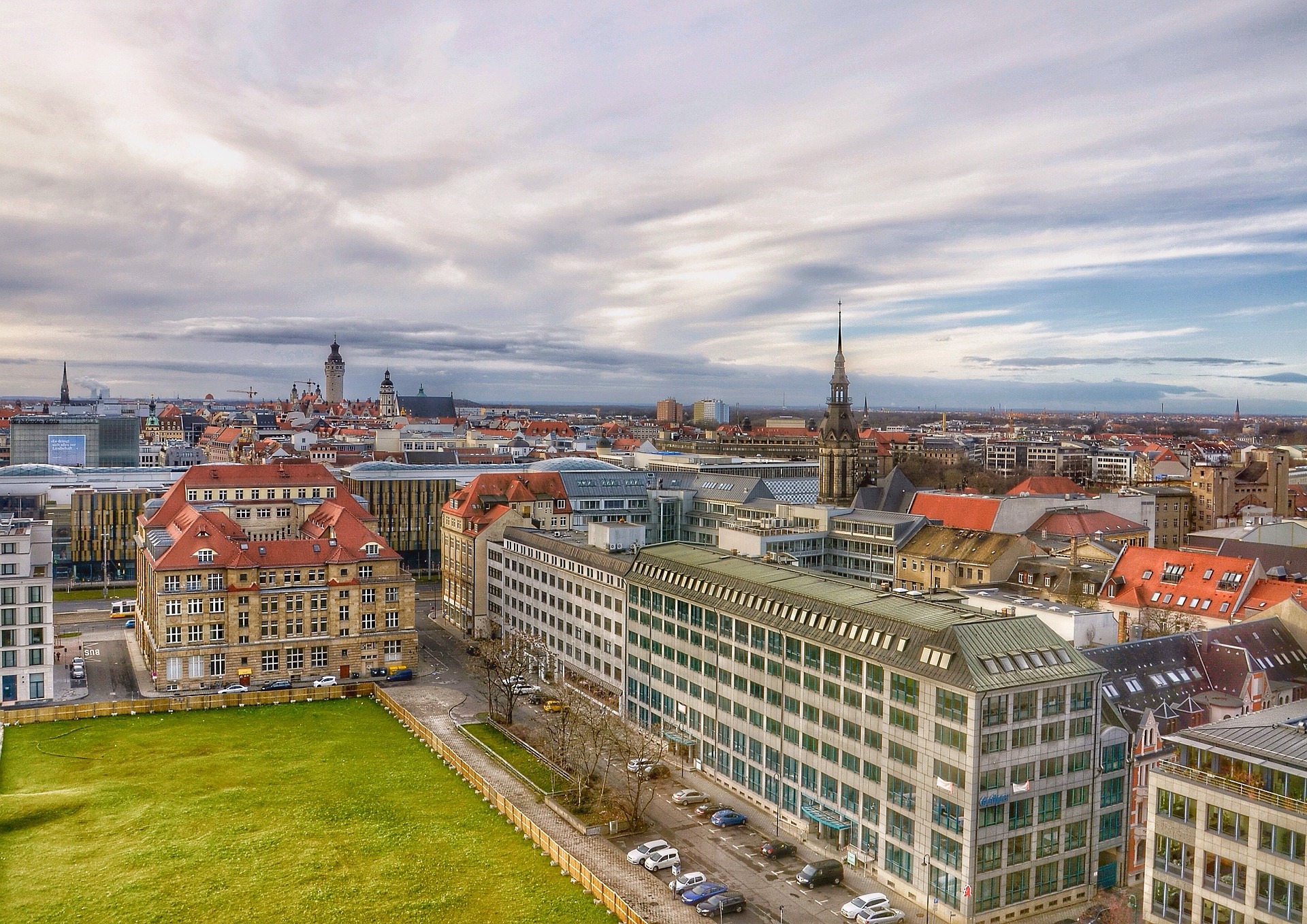
Undervalued markets
Leipzig and Dresden are often called “the new Berlin.” Prices there range from €3,000-4,000 per square meter - in some cases half the cost of the major hubs mentioned above. Global Property Guide data shows steady demand growth and plenty of room for further expansion.
In North Rhine-Westphalia, smaller cities around Cologne and Düsseldorf attract students and young professionals. Prices are more affordable even though demand is high.
Hidden potential: why old contracts can be gold
Germany enforces a policy known as Mietpreisbremse - the “rent brake” - in over 300 municipalities with tense housing markets. It caps rent increases in new lease agreements at no more than 10% above the local reference index Mietspiegel, which cities update every one or two years. The rule is meant to shield tenants from sudden spikes and limit speculation.
But there are exceptions. If an apartment is rented out for the first time after a full renovation, or if the building was constructed after 2014, the landlord can set prices freely.
In Berlin, this has created a paradox: thousands of apartments are still leased far below market rates. When tenants eventually move out, however, the new contracts are signed at current market levels - often twice as high. For investors, this means rental income can suddenly jump once occupancy changes.
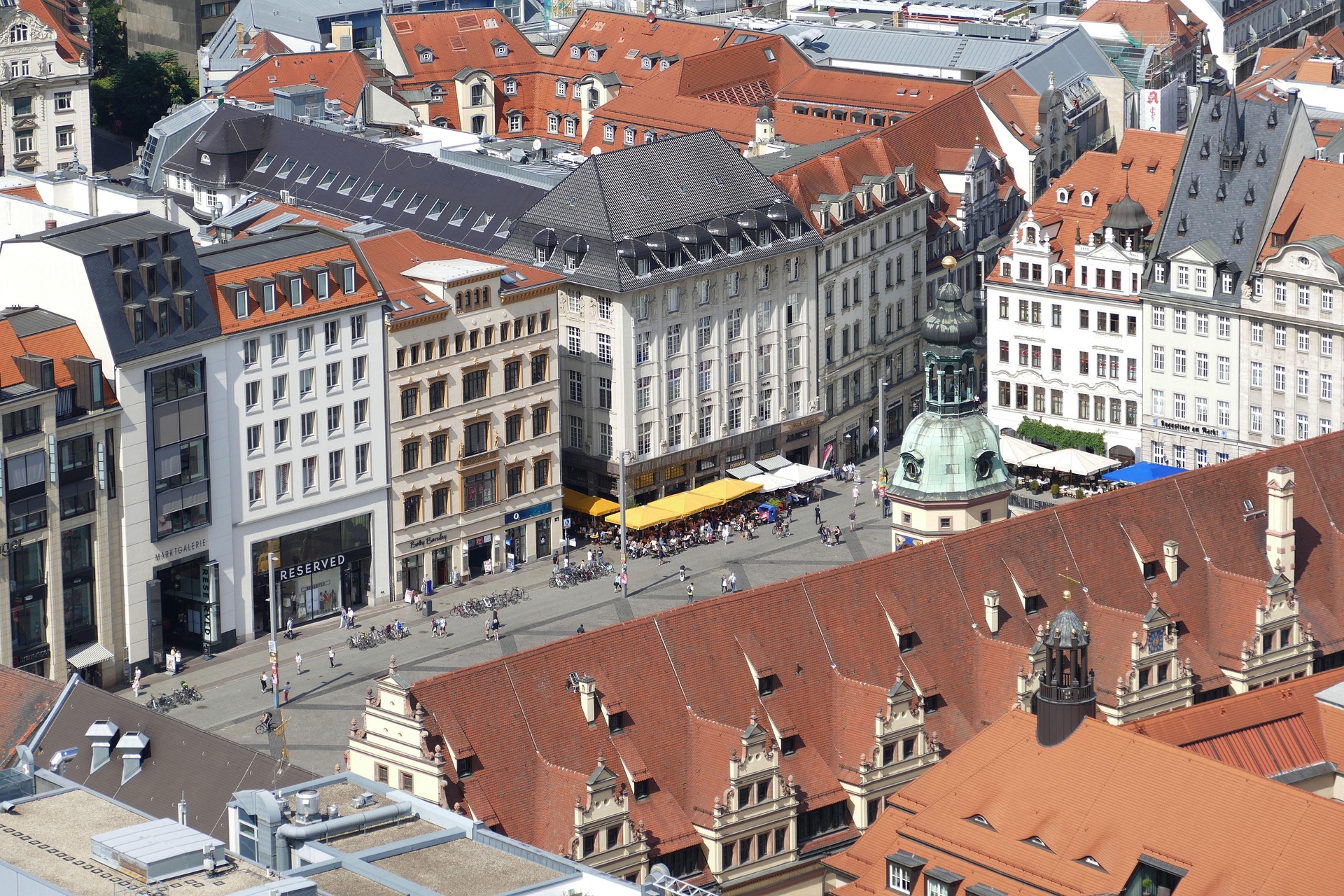
Takeaway for investors
Over the past five years, Germany’s housing market has shown moderate but steady growth.
-
Rents in the top cities have nearly doubled since 2020.
-
From 2020 to 2025, new-build prices rose 30-50%.
-
Undervalued regions like Leipzig and Dresden still offer entry points at half the cost of Munich or Frankfurt.
For investors, Germany isn’t about quick wins - it’s about long-term, reliable growth. The market offers both safe bets (Munich, Frankfurt, Stuttgart) and hidden gems (Leipzig, Dresden). And thanks to Berlin’s rent-control paradox, there’s an extra layer of intrigue for those willing to play the long game.